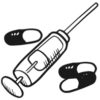Good dog dental health is essential for their overall well-being. Poor oral hygiene can lead to bad breath, plaque buildup, gum disease, and even organ damage. In this guide, we’ll cover everything you need to know about maintaining clean teeth and fresh breath for your furry companion.
Many pet owners overlook their dog’s oral care, but dental problems can cause severe health issues. Periodontal disease affects over 80% of dogs by the age of three. Left untreated, bacteria from infected gums can enter the bloodstream, leading to heart, liver, and kidney problems.
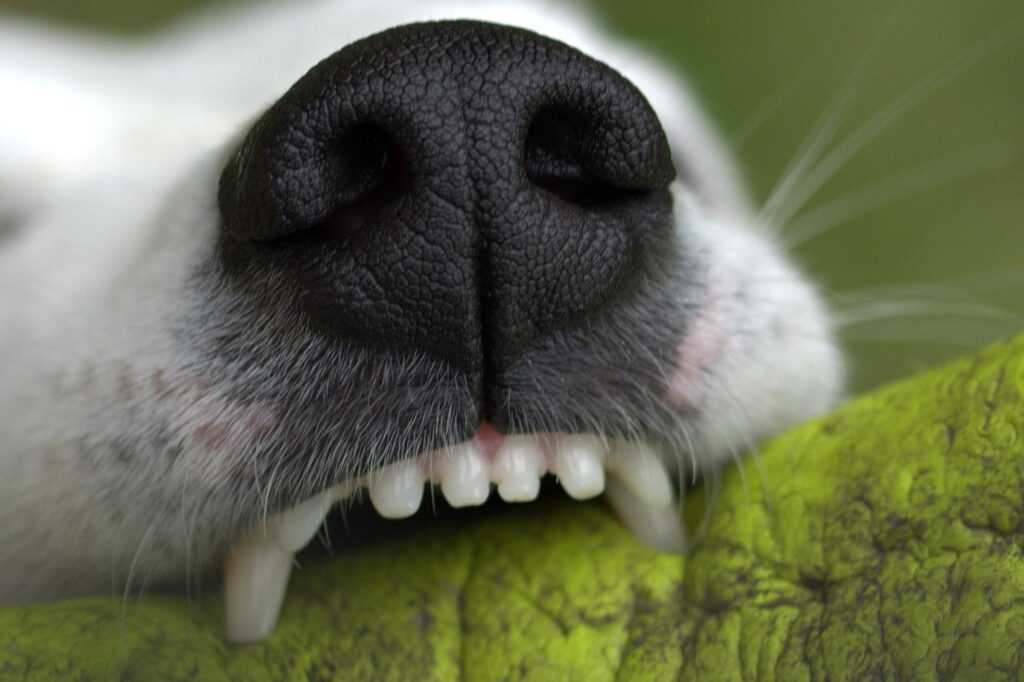
Understanding potential dental issues can help you identify problems early. The most prevalent dental conditions in dogs include:
- Periodontal disease: An inflammation and infection of the tissues surrounding the teeth
- Broken or fractured teeth: Often caused by chewing on hard objects
- Plaque and tartar buildup: Creates an environment for bacterial growth
- Gingivitis: Inflammation of the gums, often the first stage of periodontal disease
- Tooth abscesses: Pockets of infection at the root of a tooth
Watch for warning signs including bad breath, bleeding or red gums, difficulty eating, excessive drooling, or visible tartar. Early detection of these symptoms allows for timely intervention, potentially preventing more serious complications.
Effective At-Home Dental Care Techniques
Professional cleanings should be supplemented with consistent home care routines. Here are proven methods to maintain your dog’s dental health between vet visits:
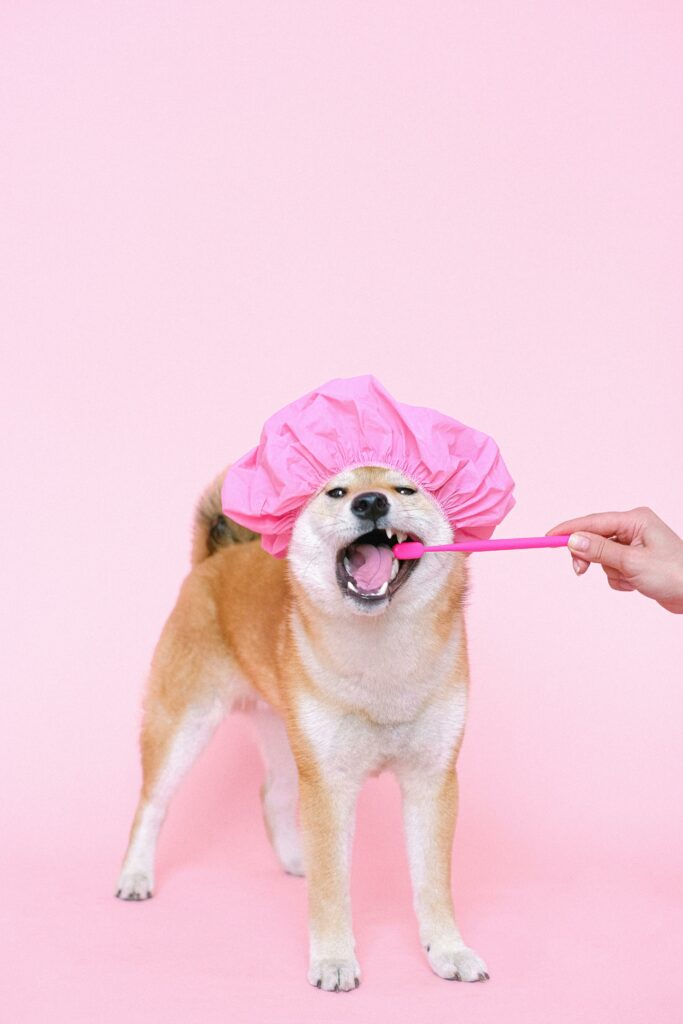
Brushing Your Dog’s Teeth
Daily toothbrushing remains the gold standard for canine dental care. Use a dog-specific toothbrush and toothpaste—never human toothpaste, which contains ingredients toxic to dogs.
For best results:
- Start gradually by introducing your dog to the taste of pet toothpaste
- Begin with short sessions, focusing on the outer surfaces of the teeth
- Use gentle, circular motions at a 45-degree angle to the gumline
- Make the experience positive with praise and rewards
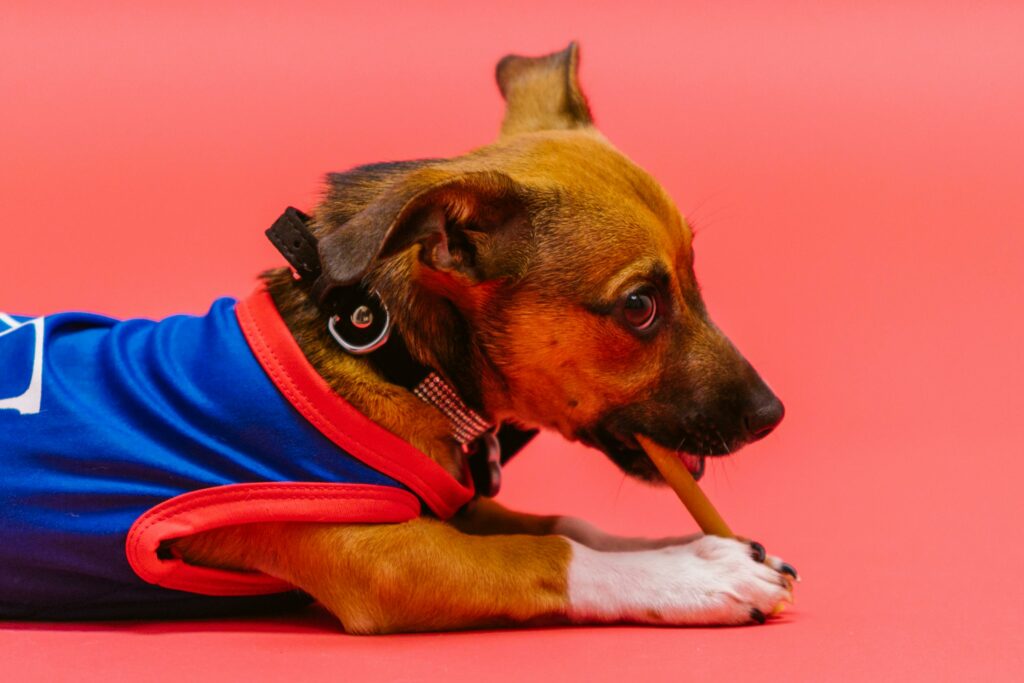
Dental Chews and Toys
Specially designed dental chews can help reduce plaque and tartar buildup. Products like Whimzees natural dental chews stand out for their unique shapes designed to reach different parts of the mouth. Their vegetable-based formula and longer chewing time help effectively remove plaque while being highly digestible.
Look for products with the Veterinary Oral Health Council (VOHC) seal of approval, indicating they’ve been tested and proven effective. Dental toys with textured surfaces can also help clean teeth during play. These toys are particularly useful for dogs who resist brushing but enjoy chewing.
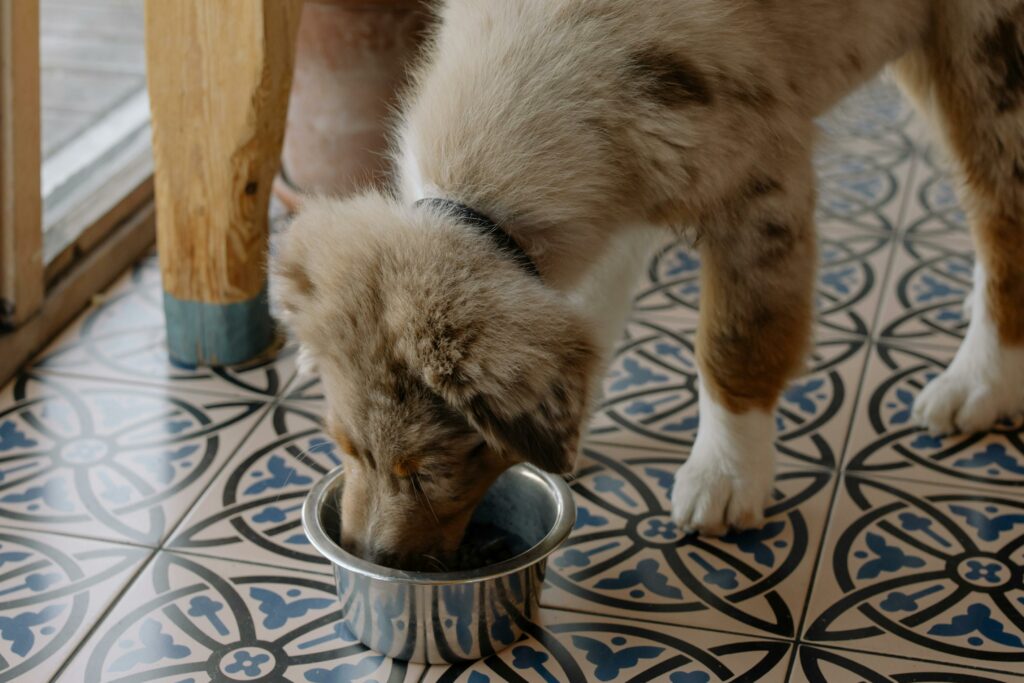
Dental-Specific Diets and Water Additives
Some dog foods are formulated specifically to promote dental health through kibble texture and ingredients that reduce plaque. Prescription dental diets recommended by veterinarians can be particularly effective for dogs with existing dental issues.
Water additives like TropiClean Fresh Breath can significantly supplement your dog’s oral care routine. These solutions work by reducing bacteria in the mouth when added to drinking water daily. TropiClean’s formula helps break down plaque and tartar while freshening breath without requiring brushing, making it ideal for dogs resistant to more direct dental care methods.
Creating a Dental Care Routine
Establishing a consistent dental care schedule is essential for long-term success. Consider these practical tips:
- Set regular times for toothbrushing, such as before bedtime
- Gradually introduce new dental care products like Whimzees or TropiClean
- Use positive reinforcement to create pleasant associations
- Combine dental care with other grooming activities
- Monitor your dog’s response to different products and techniques
Remember that dental care is an ongoing process rather than a one-time event. Consistency yields the best results for your dog’s oral health.
Professional Dental Care for Dogs
While at-home care is crucial, professional dental cleaning performed by a veterinarian provides the most thorough treatment for your dog’s teeth.
Most dogs should have a professional dental cleaning at least once annually, though some breeds prone to dental issues may require more frequent care. Your veterinarian can recommend an appropriate schedule based on your dog’s specific needs.
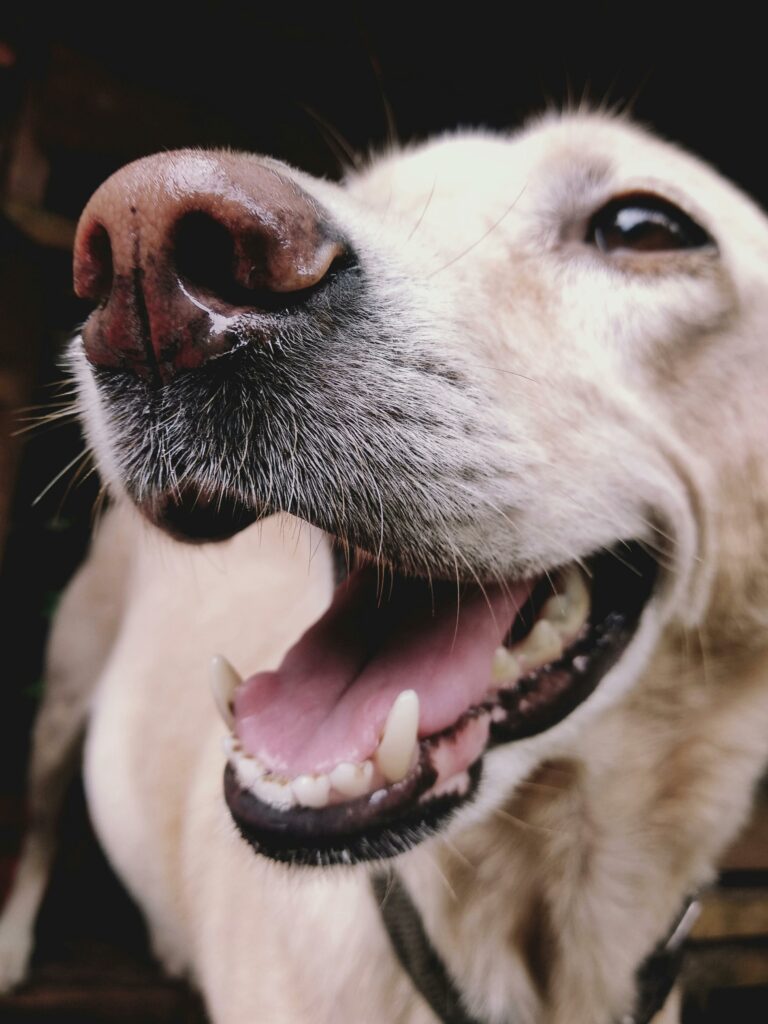
Conclusion
Maintaining proper dog dental health requires a combination of professional care and consistent home maintenance. By implementing the strategies outlined in this guide, you can help ensure your canine companion enjoys clean teeth, fresh breath, and better overall health throughout their life. Regular attention to dental care isn’t just about preventing bad breath—it’s about providing your dog with the quality of life they deserve.
References
Dog Dental Care Myths Debunked – https://www.akc.org/expert-advice/health/dog-dental-myths-debunked/
Your Pet’s Dental Care – https://www.aaha.org/resources/your-pets-dental-care/
Dental Care – https://healthtopics.vetmed.ucdavis.edu/health-topics/canine/dental-care
Share this:
- Click to share on WhatsApp (Opens in new window) WhatsApp
- Click to share on Facebook (Opens in new window) Facebook
- Click to share on LinkedIn (Opens in new window) LinkedIn
- Click to share on Pinterest (Opens in new window) Pinterest
- Click to share on Tumblr (Opens in new window) Tumblr
- Click to share on X (Opens in new window) X
- Click to share on Reddit (Opens in new window) Reddit
- Click to share on Telegram (Opens in new window) Telegram
- Click to email a link to a friend (Opens in new window) Email
- Click to print (Opens in new window) Print










